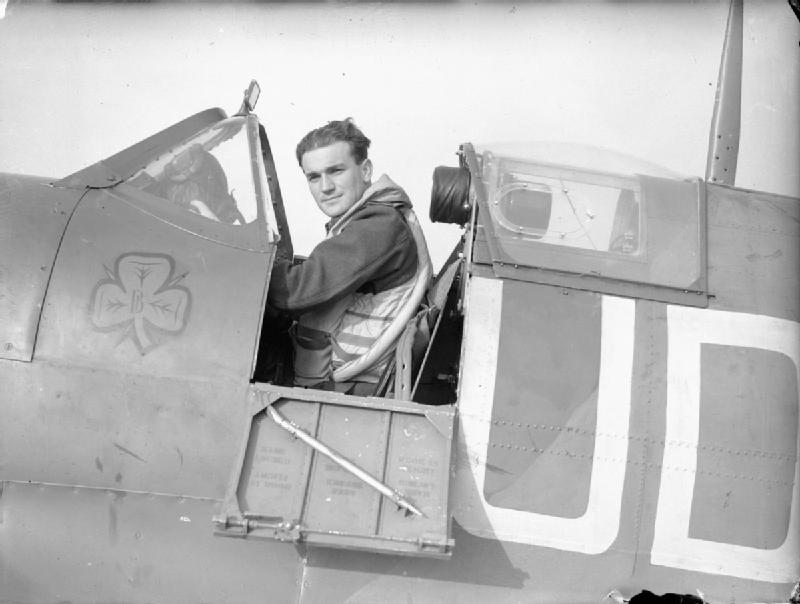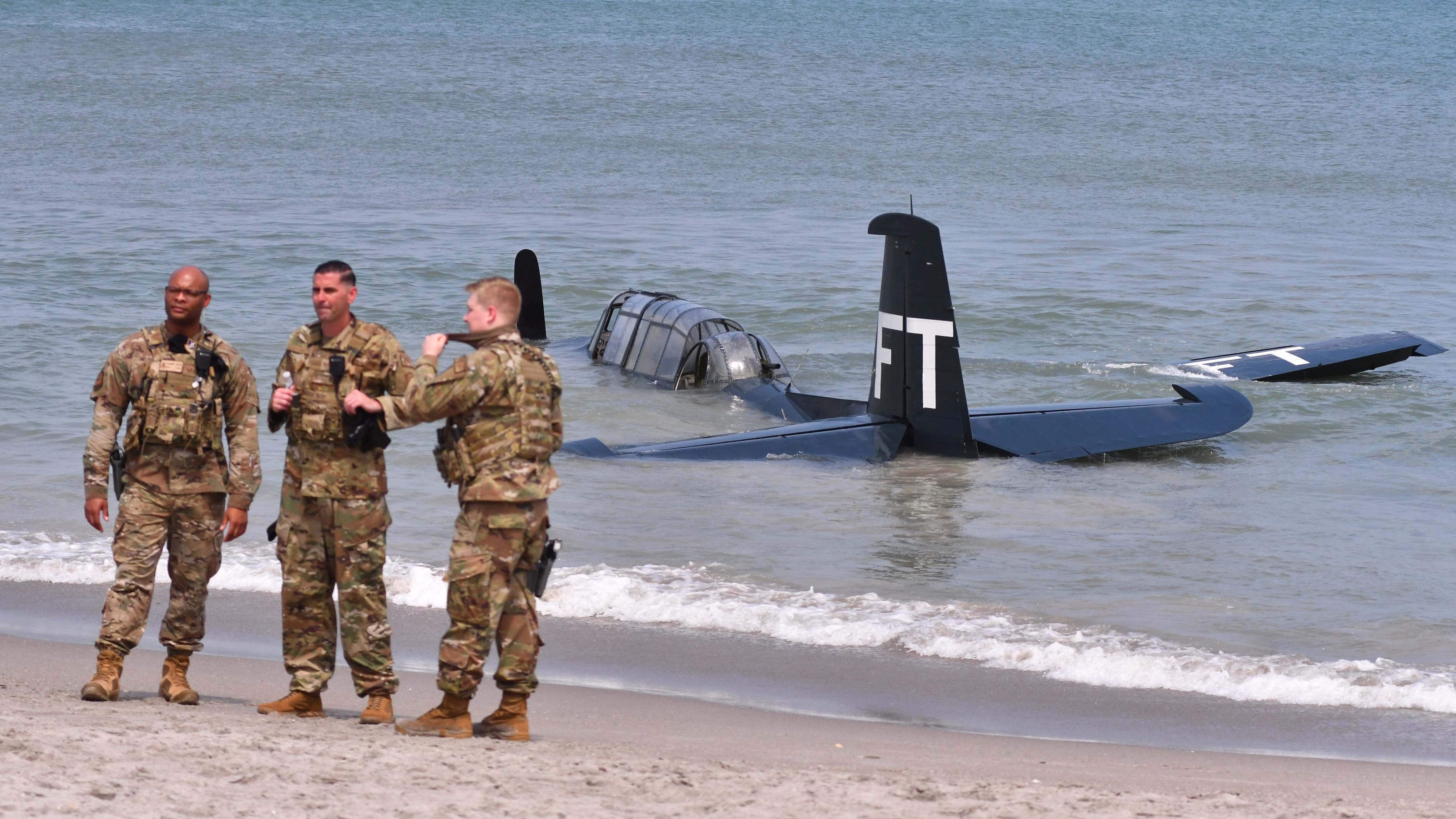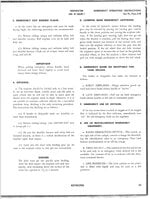Inspired by Paddy Finucane's last words

 en.m.wikipedia.org
en.m.wikipedia.org
The spitfire apparently was a death trap when it went down over water.
Was there an aircraft that took to water well?
Though it must have been the last of the design requirements.
Have a feeling that the Lancaster was a floater but I would love to hear from those more expert than me.
Was the scoop on the Typhoon a death sentence or worth risking the crash over the bail as you have the raft and basic transmission facilities?

Paddy Finucane - Wikipedia
The spitfire apparently was a death trap when it went down over water.
Was there an aircraft that took to water well?
Though it must have been the last of the design requirements.
Have a feeling that the Lancaster was a floater but I would love to hear from those more expert than me.
Was the scoop on the Typhoon a death sentence or worth risking the crash over the bail as you have the raft and basic transmission facilities?


